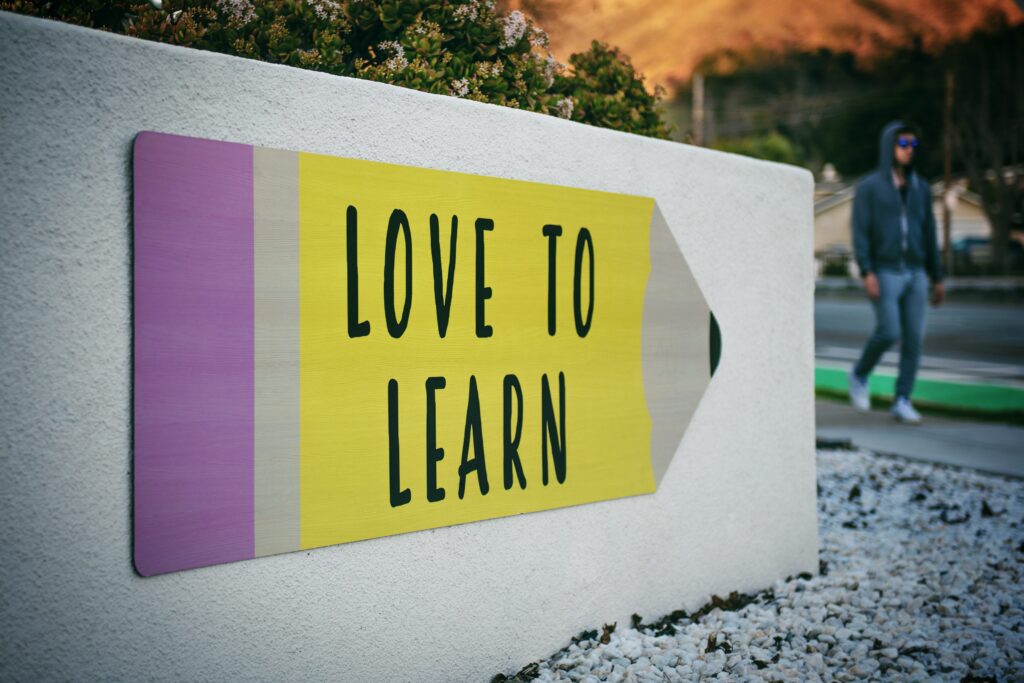In response to the evolving educational landscape and the need for innovative teaching methodologies, this action research aims to investigate the impact of the Blended Learning Station Rotation Model on students’ academic achievement in third-grade math classes. The main goal of my Innovation Plan is to address the challenge of effectively meeting the diverse preferences and needs of our students while fostering a more engaging classroom environment. By implementing the Blended Learning Station Rotation Model, educators aim to promote active participation and deeper learning. Through this research design outline, the study seeks to explore how this instructional model influences students’ academic performance, providing valuable insights into instructional practices that facilitate meaningful learning experiences. This action research aligns with the broader goal of advancing effective teaching strategies and promoting lifelong learning success among students.
I. What is the topic of your action research?
The topic of the action research is to investigate the impact of the Blended Learning Station Rotation Model on students’ academic achievement in third-grade math classes.
II. What is the purpose of your study?
The purpose of this research is to explore how the implementation of the Blended Learning Station Rotation Model influences students’ academic performance in third-grade math. By understanding the effect of this instructional model on student achievement, educators can make informed decisions to improve learning outcomes and tailor instructional practices to better meet students’ needs.
III. What is your fundamental research question?
The fundamental research question guiding this study is: How does the Blended Learning Station Rotation Model impact students’ achievement in third-grade math classes?
IV. What is your research design? Why?
The research design for this study is primarily qualitative, utilizing a mixed-methods approach. Qualitative research methods will provide in-depth insights into students’ experiences and perceptions, allowing for a comprehensive understanding of the impact of the instructional model on achievement. Additionally, quantitative data analysis will complement qualitative findings by providing statistical evidence of any observed effects.
V. What is the most appropriate type of data to collect?
The most appropriate type of data to collect for this study includes both qualitative and quantitative data. Qualitative data will be obtained through observations, interviews, and student reflections to understand students’ experiences and perceptions of the instructional model. Quantitative data, such as pre- and post-assessment scores, will be collected to measure changes in students’ math achievement over time.
VI. What types of measurement instruments will you use?
Measurement instruments for this study may include observation protocols to document student engagement and behaviors during math lessons, semi-structured interviews with students to gather their perspectives on the effectiveness of the instructional model, and standardized math assessments to measure changes in students’ math achievement.
VII. What is the focus of your literature review?
The literature review will focus on various aspects relevant to the research study, including the Blended Learning Station Rotation Model, student achievement in mathematics education, instructional strategies to promote academic success, and the effectiveness of blended learning approaches. By reviewing existing research and theoretical frameworks related to these areas, the study aims to establish a theoretical foundation and contextual understanding for investigating the impact of the Blended Learning Station Rotation Model on students’ achievement in third-grade math classes.
References
Mertler, C. A. (2019). Action research: improving schools and empowering educators (6th ed.). Thousand Oaks, CA: SAGE Publications, Inc.






